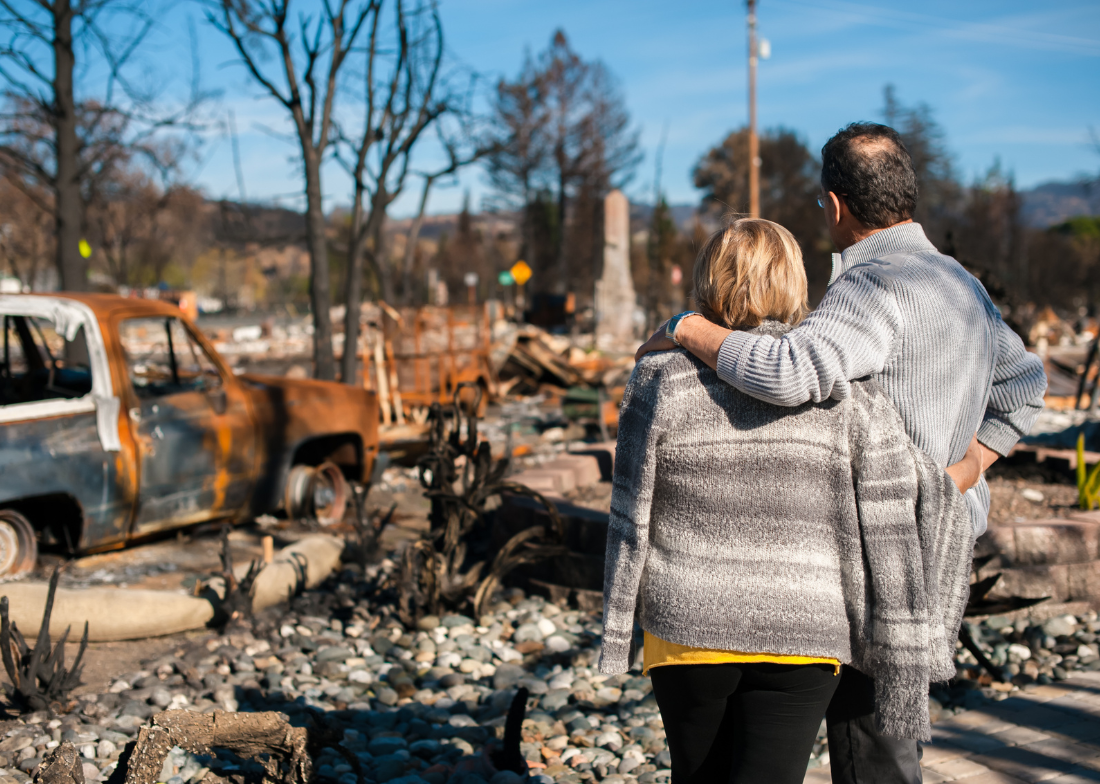We’re Ready for Our Own Offshore Wind Revolution
ACE Staff
|November 4, 2016

On October 19, 2016, New York City ACE Action Fellows attended the Offshore Wind: Charting the Path for the United States panel hosted by New York University’s Frank J. Guarini Center on Environmental, Energy and Land Use Law. The panel of industry and government experts discussed the outlook for wind development off the coast of New York state and the broader US. Action Fellow Zora Hall shares her take on what transpired and what it means for the future of American energy.
“It is no longer a question of if offshore wind will play a role in New York, it’s a necessity,” said Frederick Zalcman, DONG Energy Wind Power’s Head of Market Development for the US. Many influential businessmen came to speak on behalf of the implementation of the offshore wind project and to advocate for clean energy, including John Rhodes, President and CEO of the New York State Energy Research and Development Authority, Scott Weiner, Deputy for Markets and Innovation at the New York State Department of Public Service, and Bill White, Senior Director of Offshore Wind Sector Development at the Massachusetts Clean Energy Center, among others.
We could be the generation that sees a 100% shift towards clean energy. Offshore wind is no longer the future, it is the now.
The panel advocated for the majority of clean energy within both Massachusetts and New York to come from offshore wind energy. Primarily, the panel addressed the benefits that would result in bringing offshore energy to the Northeast-the first being, of course, tackling climate change. “We have a moral obligation to switch from natural gas, fossil fuels, and nuclear power, to clean energy,” said John Rodes. Additionally, there is an economic benefit, which should interest corporate America. The economy will improve due to the massive quantity of jobs that will be created in order to support the work needed for offshore wind energy projects. Bill White addressed the fallacy that offshore wind energy has to be terribly expensive. Many countries in Europe have cost-efficient offshore wind, he explained. It is all in the maturation of the chain. “Here is an industry ranging from tugboat operators to geotech businesses, working to drag the cost down,” White said.
The panel then discusses their individual efforts, within their own states, to create a tangible goal for offshore wind energy. Starting with Massachusetts, Bill White spoke about the the efforts of the state’s Clean Energy Center (CEC) to bring wind energy to the forefront. He argued they were “taking a big step forward to seize the first opportunity” by being the first state to enforce the usage of offshore wind. They had been developing wind energy in increments by requiring that (1) each wind energy project bid could be no less than 400 megawatts, and (2) that each subsequent bid had to be lower cost than the first. The CEC’s final goal is to have 5,000 megawatts of offshore energy by 2030. New York State has created public policy that ensures a shift toward renewable energy. With a series of executive announcements and regulatory activities over the past two months, New York is staying firmly at the head of the pack. For example, the New York Plan, adopted in 2015, calls for all energy producers that supply electricity to New York residents and consumers to source 50 percent of their energy from renewable resources by 2030. John Rodes concluded by saying, “When you think about the need in New York state, there is no halfway to success without offshore wind. It is absolutely necessary.”
The Offshore Wind panel called for an immediate shift in not only policy, but the way we think of energy as a whole. They called to our attention the fact that we do not need a technological breakthrough to make offshore wind happen. The challenge is political and public opposition. The panel ended with a sagacious quote by Zalcman. “We need to be able to address each of the constituencies goals and concerns individually to truly make it; no single person can make offshore wind happen,” he said.
Attending the offshore panel gave me hope, as I had the opportunity to witness the tangible difference that can be made within the near future. We could be the generation that sees a 100% shift towards clean energy. Offshore wind is no longer the future, it is the now. There are endless advantages to offshore wind: it is abundant, carbon-free, does not require water, cannot be depleted, scales up easily, does not utilize a large portion of land, is time efficient, creates jobs, and much more. Yet, one of the most important, if not the most important, reasons to consider offshore wind is that it is a step in the direction of ensuring a safe and sustainable future for our children, and our children’s children.
Join our Youth Action Network
More Blog Posts
Driving India towards self sufficiency and freedom from oil
India can shield itself from oil-price shocks and global pressure over Russian barrels by leaning harder into two strengths it …
Read More
Unnatural, Not Unprecedented
For two weeks, residents of Southern California endured a waking nightmare. Parents raced against time – hurrying down the driveway …
Read MoreCrafting a Vision for the Future: My Experience at LCOY USA 2024
Dry and sunny Tempe, Arizona where temperatures have been over 100 F for 113 consecutive days, delegates gathered to attend …
Read More